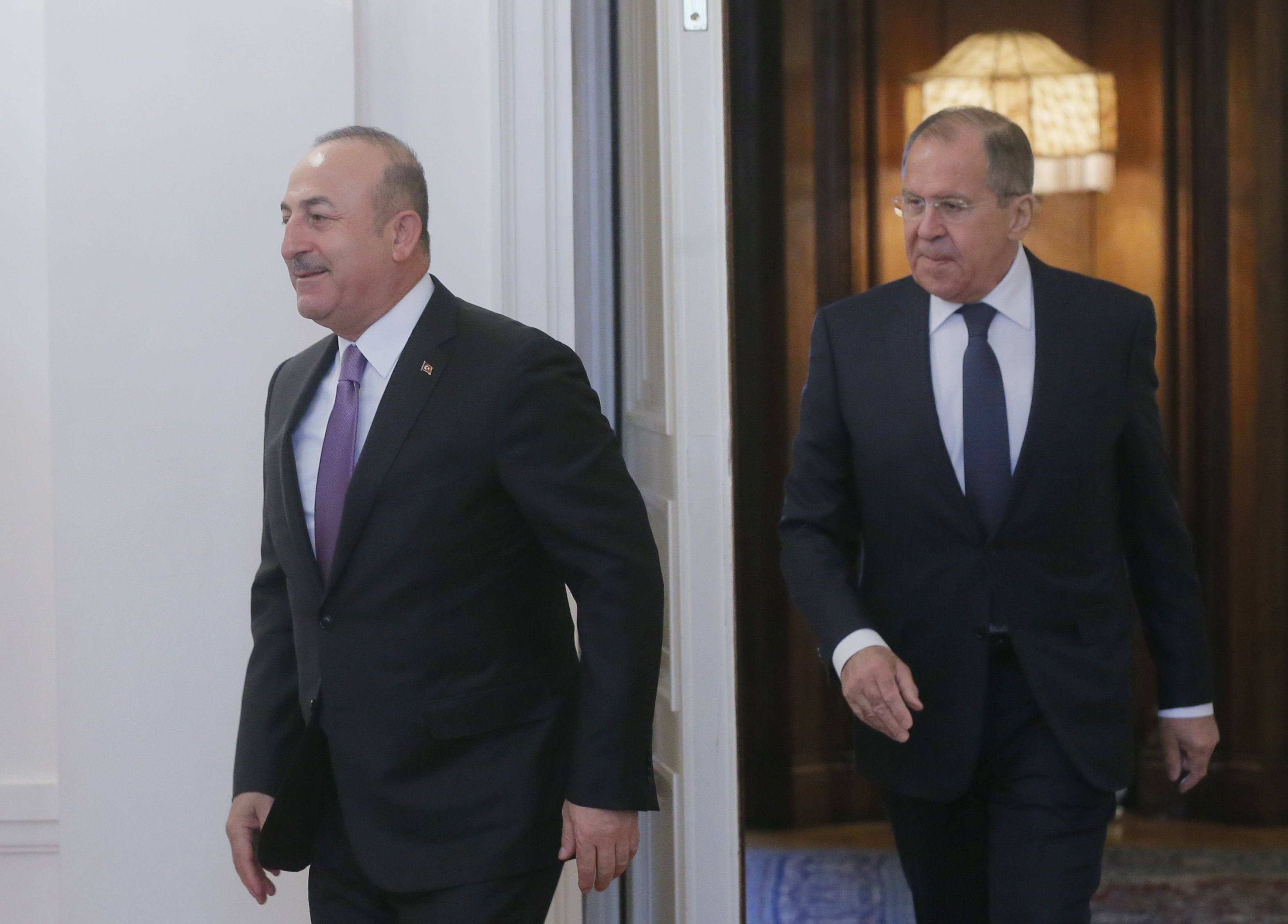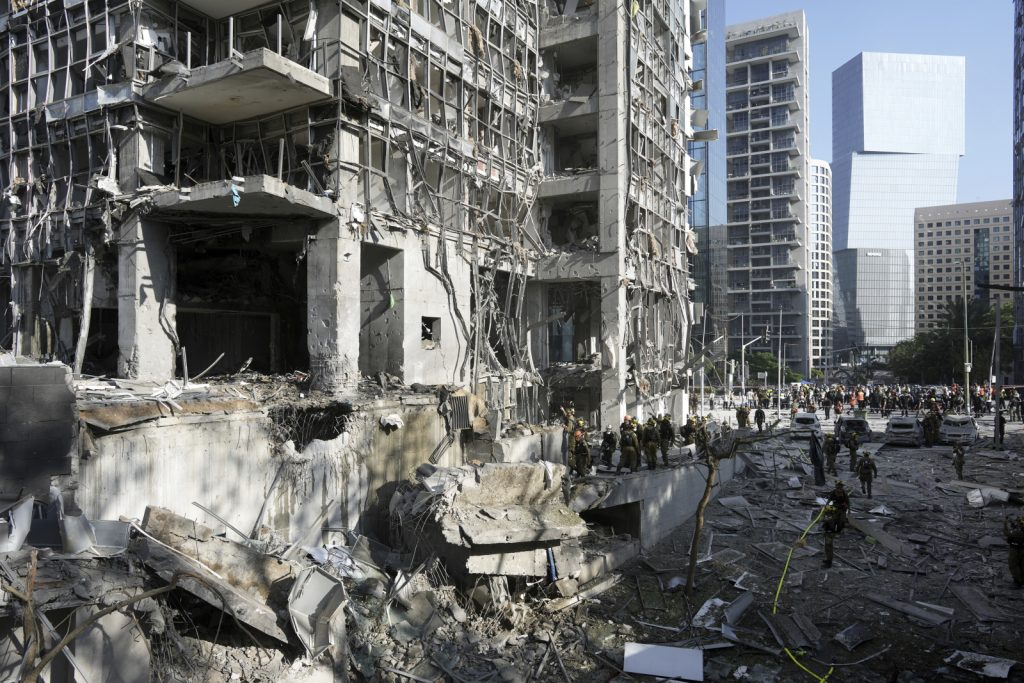The recent “war cries” on both sides of the Aegean and the new “nationalist self-confidence” cultivated by Recep Tayyip Erdogan in Turkish society have shaped a volatile situation with unknown consequences.
Greek military brass insists that calm and composure are required, even as one must prepare for all possible eventualities.
In recent months, a special committee has been appointed to study a restructuring of the Greek armed forces. In that regard, top military officials believe that it was unwise for Defence Minister Panos Kammenos’ to announce that 3,500 troops will go to ASDEN (including the Aegean area) and to the Evros border region.
The overall impression in the military staffs is that Greece finds itself alone in a sea of instability, which requires the adoption of elements of the Israeli military model – to depend on its own forces to fend off a threat from the east.
The tough reality is that the Greek armed forces require an upgrading of weapons systems. That includes upgrading the basic core of the Air Force fleet, and upgrading the main surface units of the Greek Navy.
A key component for the Air Force is the upgrade of 85 F-16 fighter jets, which will cost about 1.1 billion euros.
In the Navy, there are plans to upgrade MEKKO frigates in the coming months, which delayed due to the economic crisis.
PM Alexis Tsipras, in talks with French President Emmanuel Macron, discussed the purchase of new generation digital Belharra – or Belh@rra – frigates.
Erdogan-Putin
Athens is particularly concerned about the dual threat of Ankara buying Russian S-400 missile systems and super-advanced US F-35 stealth fighters.
Washington is thinking of examining sanctions against Turkey over the S-400s deal, and at the same time is upgrading its military presence in Greece.
At the same time, the US is upgrading military cooperation with Greece, stationing drones in Larissa and expanding the capabilities of the Souda Bay air base in Crete.
Angelos Athanasopoulos




